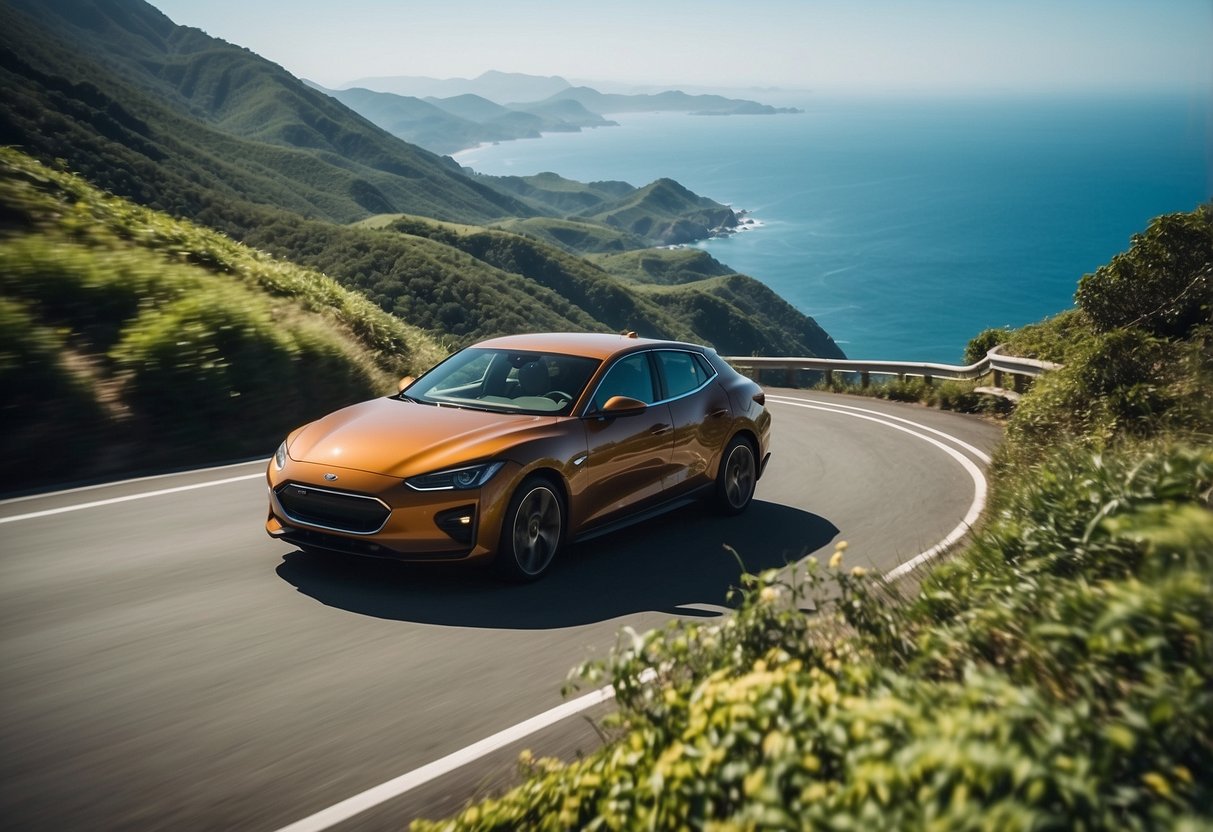How to Read an EV Charger Specification: A Comprehensive Guide
Navigating the world of electric vehicle (EV) chargers can be challenging, especially when it comes to understanding the specifications. This guide focuses on how to read an EV charger specification effectively, ensuring you make an informed decision in your EV charging needs.

Understanding EV Charger Specifications
Electric vehicles are rapidly gaining popularity, and with them, the demand for reliable EV chargers has surged. But when it comes to choosing an EV charger, simply knowing the name or brand isn’t enough. You must understand the specifications outlined in an EV charger’s technical sheet. Here, we’ll break down key components of EV charger specifications and give you the tools you need to interpret them accurately.
1. Power Output (kW)
The first number on any EV charger specification list usually refers to the power output in kilowatts (kW). This value tells you how fast an EV charger can deliver energy to your vehicle's battery.
- Level 1 Chargers: Typically output 1.4 kW to 2.4 kW, suitable for home use overnight.
- Level 2 Chargers: Range from 3.3 kW to 22 kW, ideal for home and commercial use.
- DC Fast Chargers: Offer 50 kW to 350 kW, primarily found in public charging stations, enabling quick charging times.
Understanding the power output helps in estimating how long it will take to charge your EV. For example, a 22 kW charger can fully charge a battery in a fraction of the time it takes a 3.3 kW charger.
2. Amperage (A)
Amperage is another critical specification to pay attention to as it indicates the current the charger can provide. This figure is essential as it influences how much power the charger can deliver at any given time. The formula to determine the power from the voltage and current is:
Power (kW) = Voltage (V) x Current (A) / 1000For instance, a Level 2 charger typically operates at 240 volts and the amperage may vary from 16A to 80A. Understanding these numbers allows you to determine if your home circuit can support the charger.
3. Voltage (V)
The voltage rating indicates the electrical potential supplied to the charger. Most EV chargers for residential use operate at either 120V (Level 1) or 240V (Level 2). Knowing the voltage is critical, as it will affect both compatibility with your EV model and operational efficiency. High-voltage chargers can deliver power faster, so understanding what voltage your vehicle supports will help you select the right charger.
4. Charging Connector Type
The connectivity of your charger should be checked against your vehicle’s inlet type. Some common connector types include:
- Type 1: Mostly used in American and Japanese vehicles.
- Type 2: Commonly found in European cars, allowing three-phase charging.
- CCS (Combined Charging System): Allows rapid DC charging for both AC and DC.
Check the chargers for compatibility with your EV’s inlet to avoid purchasing an incompatible product.
5. Charge Time
It’s essential to assess the time it takes for a charger to recharge your EV fully. The charge time is influenced by the charger’s power output, the battery capacity of your vehicle, and the state of charge when charging begins. For example:
- A Level 1 charger may take an entire night to fully charge an EV.
- A Level 2 charger can typically provide a full charge in 4-6 hours.
- A DC Fast Charger can often achieve an 80% charge in as little as 30 minutes.
By knowing these metrics, you can optimize your charging setup, ensuring the charger meets your needs.
6. Safety Features
Safety is paramount, especially when dealing with electricity. Always look for chargers that meet safety standards and include features such as:
- Overcurrent Protection: Helps prevent overheating and potential fires.
- Ground Fault Protection: Offers protection against electric shock.
- Temperature Monitoring: Ensures the charging equipment does not overheat, which can cause damage.
Reading the specification sheet for any certifications (like UL, CE, or IEC) is crucial as they validate that the product has undergone stringent safety testing.
7. Environmental Ratings
Consider the environment where you’ll install your EV charger. Some are rated for indoor use only, while others are rated for outdoor installation, withstanding different weather conditions. Look for an IP (Ingress Protection) rating, which will tell you how resistant the device is to dust and moisture.
8. Warranty and Support
A reliable charger specification should also include warranty information and support availability. This information provides security for your investment and assurance that you can obtain help or repairs if necessary.
Conclusion
Understanding how to read an EV charger specification can significantly enhance your buying decision. Keep these factors in mind: power output, amperage, voltage, connector type, charge time, safety features, environmental ratings, and warranty. Armed with this knowledge, you’ll be better positioned to select the ideal EV charger tailored to your electric vehicle’s needs and your charging infrastructure.
New posts

Maximizing Your Savings: A Complete Guide to Rebates for Home EV Chargers
Home Improvement

How Often Do You Have to Charge an Electric Car? A Comprehensive Guide
Sustainability

Challenges in Urban EV Charging Infrastructure: A Deep Dive
Smart Cities

The Role of EV Charging in Urban Planning: A Sustainable Future
Sustainability

How EV Charging Supports Renewable Energy Integration
Electric Vehicles

How Cities Are Adapting to Electric Vehicle Charging: Innovations and Strategies
Sustainability

EV Charging in the Smart City Era: Revolutionizing Urban Mobility
Sustainability

The Future of EV Charging Stations and Smart Grid Integration: Transforming Energy Management
Sustainability

Comparing Wired and Wireless EV Charging Systems: A Comprehensive Analysis
Automotive

The Impact of EV Charging on Local Power Grids: Understanding the Challenges and Opportunities
Electric Vehicles
Popular posts

Exploring the Latest EV Charging Station Design Trends
Technology Trends

Insights from the Frontline: Interviews with EV Charging Industry Experts
Interviews
DIY Guide to Installing a Wallbox: A Step-by-Step Approach
DIY

The Future is Bright: EV Charging and Home Solar Panel Integration Explained
Home Improvement
How EV Charging is Set to Transform Mobility
Electric Vehicles

How Often Do You Have to Charge an Electric Car? A Comprehensive Guide
Sustainability

EV Charging Innovations from Around the World: Transforming the Future of Electric Mobility
Innovation

How to Reset Your EV Charger: A Comprehensive Guide
Home Improvement

Guide to EV Charger Connectivity Options: Everything You Need to Know
Electric Vehicles

EV Charging in the Smart City Era: Revolutionizing Urban Mobility
Sustainability